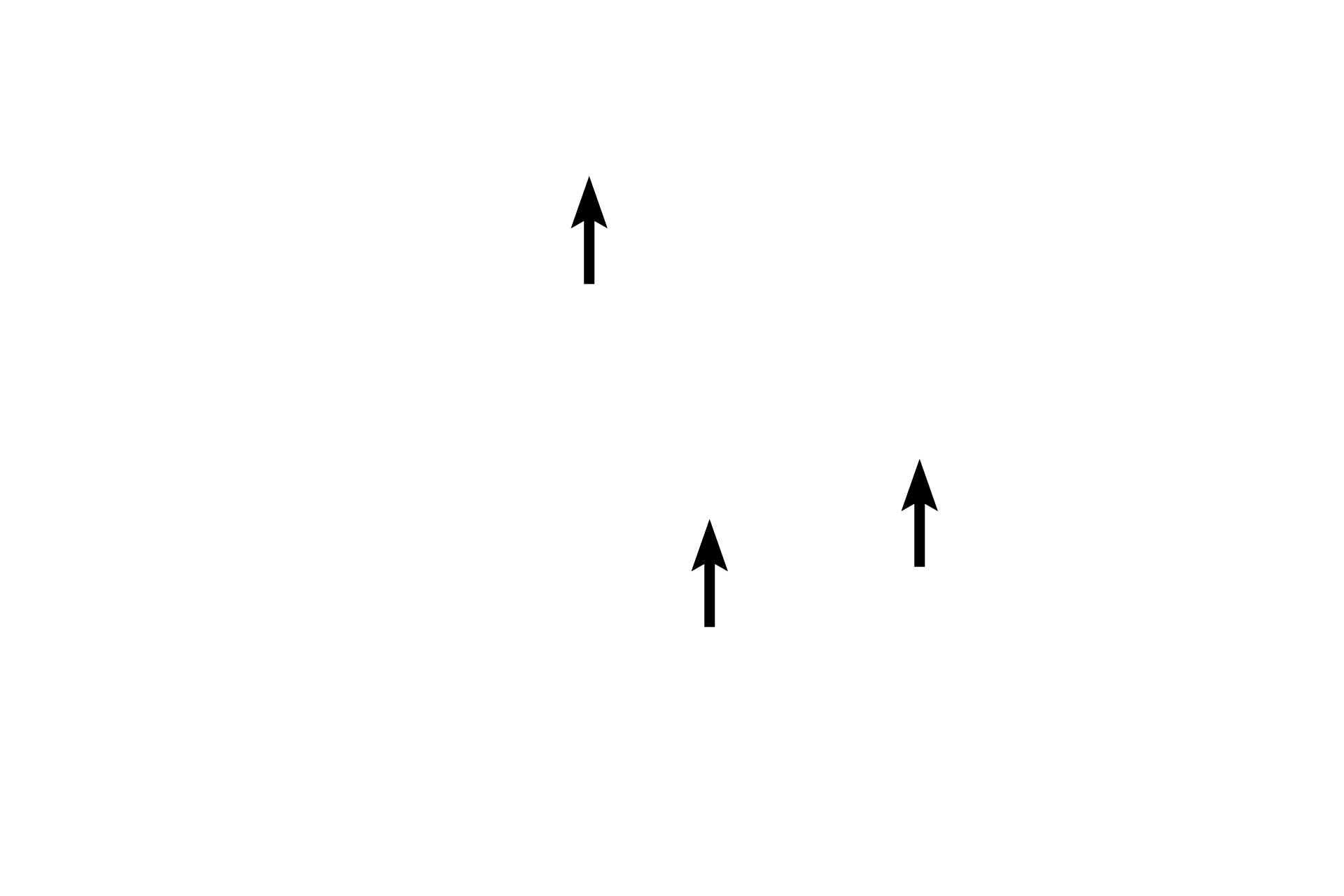
Sensory retina
This image shows the retina of the right eye as viewed through the pupil during a fundoscopic exam. This direct examination of these blood vessels can reveal pathological changes such as those produced by hypertension or diabetes. Retinal vessels enter the globe at the optic disc, which marks the head of the optic nerve. Lateral to the optic disc is the macula lutea with its central region, the fovea. 5x

Optic disc
This image shows the retina of the right eye as viewed through the pupil during a fundoscopic exam. This direct examination of these blood vessels can reveal pathological changes such as those produced by hypertension or diabetes. Retinal vessels enter the globe at the optic disc, which marks the head of the optic nerve. Lateral to the optic disc is the macula lutea with its central region, the fovea. 5x

Macula
This image shows the retina of the right eye as viewed through the pupil during a fundoscopic exam. This direct examination of these blood vessels can reveal pathological changes such as those produced by hypertension or diabetes. Retinal vessels enter the globe at the optic disc, which marks the head of the optic nerve. Lateral to the optic disc is the macula lutea with its central region, the fovea. 5x

Fovea
This image shows the retina of the right eye as viewed through the pupil during a fundoscopic exam. This direct examination of these blood vessels can reveal pathological changes such as those produced by hypertension or diabetes. Retinal vessels enter the globe at the optic disc, which marks the head of the optic nerve. Lateral to the optic disc is the macula lutea with its central region, the fovea. 5x

Retinal blood vessels >
The retinal artery branches immediately into upper and lower branches, each of which divides again into nasal and temporal branches. Note that retinal vessels are absent in the fovea which receives nutrients from the choriocapillary layer.